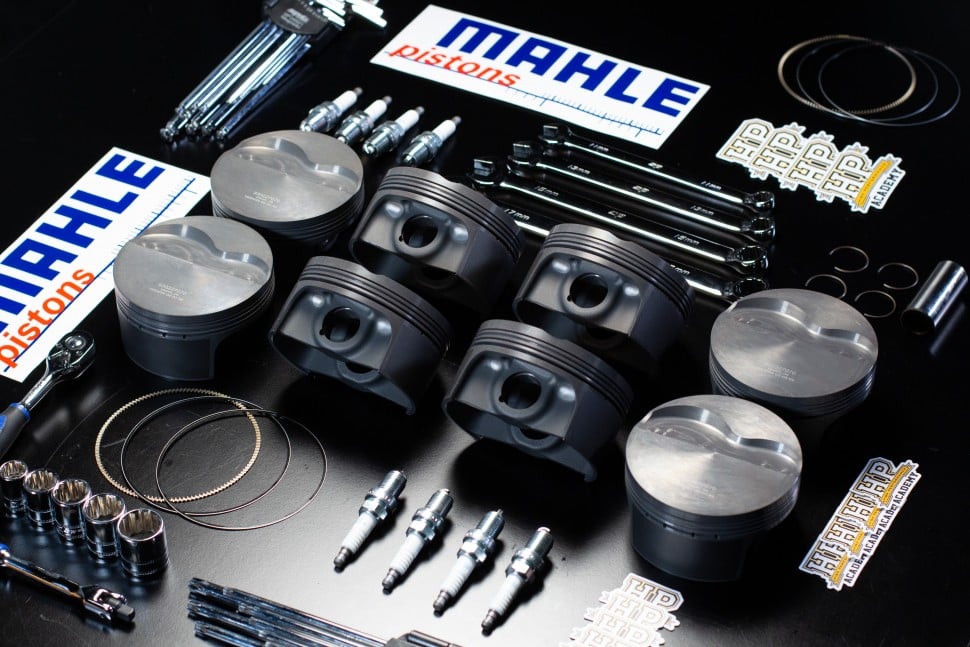Need a custom carbon part, that's going to mean a lot of hours and a lot of money, right?
While it's common for custom composite parts for your project car to be extremely expensive and hard to source, it doesn't need to stay that way. The truth is, the big cost isn't in the material itself, it's in the skilled labour required to create those parts. Luckily, the skills are attainable to most home-hobbyists with a modest investment in time, tools and materials.
Composite parts are essential to any high performance build, but they're often either eye-wateringly expensive, extremely hard to source, or they simply don't exist at all.
It doesn't matter if you're building a modified street car, an endurance race car, a time attack weapon, or even an off-road basher; reducing weight with fiberglass, carbon fiber, Kevlar or flax is one of the most powerful tuning tools we have.
The truth is, the big cost isn't the composite material itself, it's the skilled labour.
That's where the Motorsport Composites Fundamentals course comes in. It will teach you the skills needed to create your own high-quality, custom parts from exotic materials, without the prohibitive cost of a team of specialty engineers.
Through the course, you'll get a solid understanding of composites for motorsport and automotive applications, as well as the skills to get you started making these parts from your own garage.
This will allow you to create some truly unique aero parts, body panels, plumbing systems, interior trim or even suspension components that are fit for your specific purpose, all while getting the satisfaction of doing it yourself at a fraction of the cost.
What skills will I learn in the course?
You'll start by ensuring you're up to speed on all the fundamental knowledge, first looking at an overview of the different types of composites used in motorsport and automotive applications, then the materials from the reinforcements like carbon fiber or fiberglass to resin systems like Polyester, vine veer, and epoxy.
From there, you'll dive into the options available for construction techniques to ensure you have a good base of understanding before getting started.
You will also learn about additional materials, tools and consumables, as well as how to approach setting up your workspace for the best results.
Next you'll move on to the practical skills section which takes a close look at all the techniques and skills required to build your own patterns and moulds, and then of course the actual parts from these moulds, as well as how to finish them for the best results.
Lastly, you'll learn about composite repairs, so if things ever go wrong on track and parts get damaged, you'll be able to fix them.
Learn the skills to create high-quality custom parts yourself that will save you thousands.





